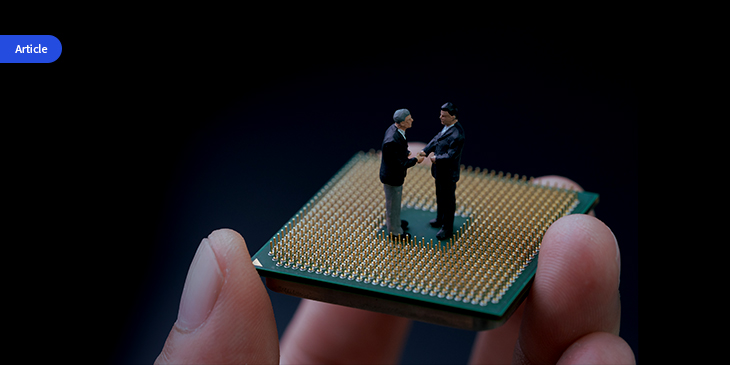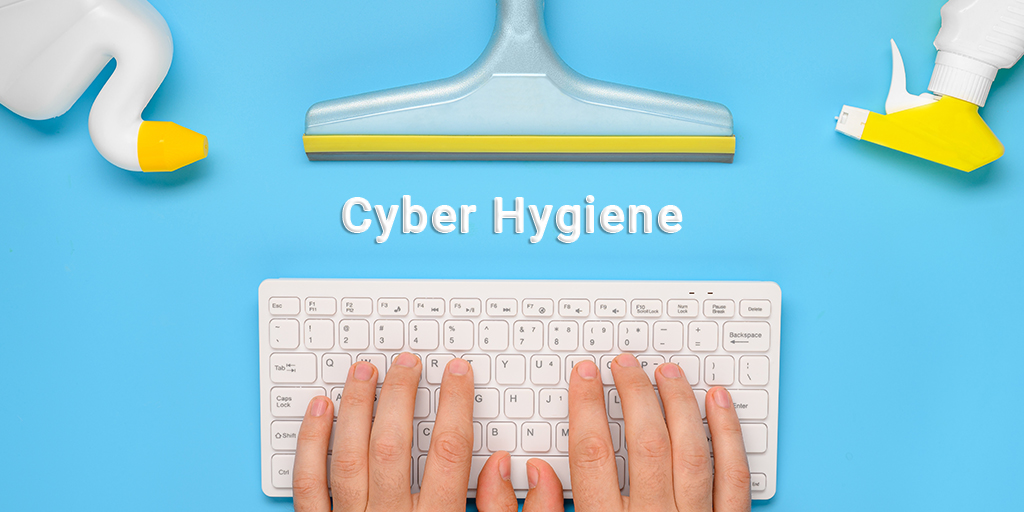The right laptops for mobile nurses
Visiting nurses play a critical role in the health care system. They’re vital links between patients and practitioners and can make the difference between life and death for home-bound patients. Yet not only must these nurses follow the same electronic health record (EHR) requirements as their office-bound colleagues, they also have additional administrative tasks to perform.
Yet all is not lost. The right technology can make all the difference to a nurse making calls, whether they need computers, specialized medical equipment, phones or other gear. Laptop PCs remain at the heart of their requirements; here are some key considerations to keep in mind when evaluating and procuring laptops for mobile nurses.
1. Size and weight
The ideal laptop is as small and light as is practical (i.e. without compromising on keyboard and display size). Visiting nurses must keep in their vehicles all their regular equipment as well as emergency medical gear – and they need to carry it from place to place when attending a patient. This makes a large, unwieldy laptop impractical at best and an outright impediment at worst.
2. Form factor
Convertible laptops may be an excellent choice for visiting nurses. These combine the functionality of a laptop and a tablet in one device, usually by combining a touch screen and a fold-back or detachable keyboard. Because healthcare record-keeping combines filling out electronic forms with longer-form records of visits, these hybrid machines can be ideal.
Of course, they’re larger and heavier than tablets, and usually more expensive than more conventional laptop designs, but their versatility and suitability for the job often makes the trade-offs worthwhile.

3. Functionality
Data lies at the heart of this factor. One of the reasons many visiting nurses embraced tablets early on is that they didn’t have to learn complex data synchronizing processes – tablet sync tends to be a one-button affair. Given that most visiting nurses have significant workloads and many demands on their time, there is a natural reluctance to learn new tasks just for keeping records. This means that for IT managers, the options are:
- Wait for the nurses to return to the office (or to their homes) for Wi-Fi transfer
- Provide external cellular data hotspots that can be checked out or assigned to the nurses
- Specify internal cellular data capabilities for the laptops themselves
Different organizations will find different answers to these, but one thing to note is that, if using Wi-Fi, you should deploy a virtual private network (VPN) to protect the private data being transmitted.
Should you take the tablet?
Many organizations and their mobile staff have selected tablets as their platform of choice because they are light, portable, and easy to synchronize with the organization’s central systems. Yet the right laptop – one that’s light, convenient, and part of a well-designed and well-secured communications system – can provide greater functionality with only a small weight and complexity penalty. If you can find the model that fits your nurses’ workloads, work patterns and other needs, you’ll have their gratitude.












